«La valía del ser humano no reside en la verdad que uno posee o cree poseer, sino en el sincero esfuerzo que realiza para alcanzarla».
Nuccio Ordine
El horizonte de un individuo es proporcional al proceso que ha seguido para ampliarlo. Los obstáculos, son lo que nos llevan a pensar un nuevo modo de hacer las cosas, pero también nos llevan a renovar nuestro compromiso con el mundo. Y el mundo, seguro que lo sabéis bien, no es igual para todos, porque la igualdad necesita de la empatía para conectar la mirada individual con la mirada global, que es todo lo contrario a la globalización que nos atenaza, porque esta construye una mirada sin individuos y por tanto una identidad tan falsa como la de los decorados de las películas. La pérdida de identidad de una comunidad en favor de la homogeneización no es conexión, sino pérdida de control sobre nuestra memoria. Nuestros recuerdos han sido manipulados y hemos aceptado hacer esa transición para convencernos de que el progreso es la vía para llegar a las estrellas. Pero ¿y si las estrellas que merecemos están dentro de nosotros, si el único modo de comprender el valor de nuestra vida reside precisamente en devolverle el poder a esa constelación de lo cotidiano?
A veces las palabras son mentirosas, nos hacen creer que vamos por buen camino, nos autodeterminan y nos distancian. Así, cada uno de nosotros sumidos en nuestra particular forma de ver la realidad, nos volvemos introvertidos que aparentan socializar, cada vez más distanciados debido a la carencia de vínculos duraderos. Renunciamos a entendernos y nos construimos un fuerte que nos protege a nosotros y a nuestras ideas. Incluimos a pocas personas en nuestra vida, a cada vez menos, porque no tenemos ni el ánimo ni el tiempo de cuidarlas y crecer junto a ellas. Hemos perdido el interés por la tribu y nos hemos anestesiado socialmente a través de una pantalla. No escapa nadie, porque desde aquí dentro todos estamos compartiendo el mismo infierno sin saberlo.
An individual's horizon is proportional to the process of broadening it. Obstacles lead us to think of new ways of doing things and renew our commitment to the world. As you surely know, the world is not the same for everyone because equality requires empathy to connect the individual gaze with the global one, which is the complete opposite of the globalisation that confines us. This creates a vision without individuals and, therefore, an identity as false as movie sets. The loss of identity in a community in favour of homogenisation is not connection but the loss of control over our memory. Our memories have been manipulated, and we have accepted this transition, convincing ourselves that progress is the way to reach the stars. But what if the stars we deserve are inside us? What if the only way to understand the value of our lives lies in restoring the power to that constellation of the everyday?
Sometimes words are deceiving. They make us believe we are on the right path, they self-determine us and distance us. Thus, each of us, immersed in our particular way of seeing reality, becomes introverted, pretending to socialise, increasingly detached due to the lack of lasting connections. We give up on understanding one another and build a fortress to protect ourselves and our ideas. We let fewer people into our lives, fewer and fewer, because we neither have the energy nor the time to nurture them and grow alongside them. We have lost interest in the tribe and have socially numbed ourselves through a screen. No one escapes, because from here, we are all sharing the same hell without knowing it.
Ver la realidad fuera de nuestra visión particular, repleta de categorías, de prejuicios, de ideas tan sólidas como el acero y el hormigón, nos impide ver la puerta en el muro, esa que dibujó H.G. Wells en uno de sus magníficos relatos. Y esa puerta llevaba a un lugar que no ha dejado de estar ahí, ante nuestros ojos y que a veces alguien logra ver, y mejor aún, que logra atravesar. Las personas que cruzan el umbral de esa puerta tienen edades muy dispares, pero absolutamente todas , tienen la llave de su propia consciencia. O como decía Sergio Larraín : «Lo que tienes delante de los ojos es lo único que existe. Lo que pasó, nos ha traído a este punto, el final es el comienzo».
Y así el misterio de la creación artística tiene algo de sextante, porque nos hace leer la altura de los astros en ese horizonte común que nos conecta a todos. Quienes han hecho de su vida una búsqueda a través de alguna disciplina artística, han contribuido a que podamos leer el cielo de nuestra propia humanidad. Así, estos seres que se han esforzado por ser más allá de sus obstáculos nos han dejado un valioso mensaje que es hora de interiorizar: hay que devolverle el poder a la obra.
To see reality beyond our particular vision, filled with categories, prejudices, and ideas as solid as steel and concrete, prevents us from seeing the door in the wall, the one H.G. Wells drew in one of his magnificent stories. And that door led to a place that has always been there, before our eyes, and sometimes someone manages to see it and, even better, cross it. The people who step through that threshold come in many different ages, but all, absolutely all, have the key to their own consciousness. Or as Sergio Larraín said: "What you have in front of your eyes is the only thing that exists. What happened has brought us to this point; the end is the beginning."
And so the mystery of artistic creation has something of a sextant because it allows us to read the height of the stars in that common horizon that connects us all. Those who have made their life a search through some artistic discipline have enabled us to read the sky of our own humanity. Thus, these beings who have strived to go beyond their obstacles have left us a valuable message that it's time to internalise: we must return the power to the artwork.
Quedaros con esa frase y mirad ahora al mercado del arte, y he escrito mercado de forma plenamente consciente, porque es un modelo que ha mercantilizado lo inútil, lo sin función, lo que existe para ayudarnos a regresar a lo que somos, es decir lo realmente valioso porque nos recuerda como decía Joseph Campbell que “Tú eres eso”. Este mercado ha visto una fuente de ingresos en la incrementación del deseo de trascendencia que tiene el ser humano y así nos ha metido la idea de la creatividad y del tú puedes lograrlo, saltándose la parte del esfuerzo y del proceso de autodescubrimiento y lo más importante de la exploración y cuestionamiento del mundo a través del juego. Perdido esto, lo que se produce es una idea errónea de lo que es y significa para el individuo el contacto con la creación artística.
He elegido detenerme en las imágenes porque durante años he entendido el mundo a través de las palabras, pero ahora está en vigor un código distinto: se ha impuesto la anécdota visual, y eso ha matado al augurio.
En el pasado, con la entrada en escena de la religión cristiana, lo visual se convirtió en una forma de adoctrinar al mundo, narrando aquello que debía quedar claro para todos. Las pinturas fueron diseñadas como "libros abiertos" que relataban historias de la Biblia, milagros y doctrinas, utilizando composiciones llamativas para grabar en la mente del espectador las verdades fundamentales. Se dejó atrás el simbolismo abierto, lleno de augurios, que caracterizaba al arte clásico, y se optó por una narrativa cerrada que dirigía los pensamientos y emociones de forma inequívoca. Así, el arte dejó de ser un espacio para la contemplación libre y se convirtió en una herramienta de control emocional y espiritual.
Hold onto that phrase, and now turn your gaze to the art market. I say "market" deliberately, as it represents a model that has commodified the useless, the functionless—what exists solely to help us return to who we are. In other words, is truly valuable because it reminds us, as Joseph Campbell once said, “Thou are that” This market has found a lucrative opportunity in humanity's growing desire for transcendence. It has sold us the idea of creativity and "you can achieve it," bypassing the essential elements of effort, self-discovery, and, most importantly, the exploration and questioning of the world through play. Without these, a distorted notion of what artistic creation means to the individual emerges.
I have decided to stop with images because, for years, I understood the world through words. But now, a different code prevails: the visual anecdote has taken over, and in doing so, it has killed the omen.
In the past, with the advent of Christianity, the visual became a tool for indoctrination, conveying what needed to be made clear to all. Paintings were crafted as "open books" that narrated stories from the Bible, miracles, and doctrines, using striking compositions to engrain fundamental truths in viewers’ minds. The open symbolism, rich in omens, that defined classical art was abandoned in favour of a closed narrative designed to guide thoughts and emotions unequivocally. Thus, art ceased to be a space for free contemplation and became an instrument of emotional and spiritual control.
Hoy, en la era digital, vivimos un fenómeno análogo. Las plataformas sociales han transformado el consumo visual en un flujo constante de "anécdotas": fragmentos rápidos e impactantes, diseñados para provocar una reacción inmediata, pero vacíos de simbolismo o misterio. Se ha impuesto un ritmo frenético que elimina la posibilidad de detenerse, de leer los signos, de contemplar el augurio. Las imágenes en muchos casos, ya no sugieren ni invitan a la interpretación; ahora dictan, con claridad y rapidez, lo que debemos sentir, pensar o consumir.
Es como si hubiéramos heredado ese legado de narrativas cerradas y lo hubiéramos llevado a su extremo más efímero. La fotografía, que una vez fue un medio para capturar el misterio del tiempo, ha sido en muchos casos absorbida por la inmediatez de la anécdota. Sin embargo, creo que el augurio sigue siendo preservado por aquellos fotógrafos que están en conexión con sus imágenes y optan por ser fieles a ese pacto de intimidad con el proceso. En medio de este ruido visual, existen muchas miradas que nos hacen preguntarnos algo debajo de la piel de lo que vemos, que abren puertas al enigma y nos invitan a una reflexión más profunda.
Ese sentimiento que existe durante el acto creativo lleva a la persona a un estado más elevado del ser, estado del que regresa como un simple mortal cuando concluye. Le pese a quien le pese, el creador carece de total importancia cuando termina el proceso artístico. Por eso la gente que realmente sabe que el arte es su idioma, se ofrece a él, como a un amante. De ahí la locura y la entrega, casi la obsesión por estar en contacto con ese viejo sentimiento que le da sentido a nuestra vida y que nos conecta con algo indeterminado que algunos sacralizan. Pero lo que que les hace regresar es sin duda el misterio de haber logrado esa conexión, el poder que otorga ver un horizonte y comprenderlo.
A continuación os comparto el trabajo de distintos creadores que han dibujado su propia puerta en el muro y han hecho con su trabajo, su esfuerzo y su capacidad de jugar o dialogar con la realidad un puente para que nosotros lo crucemos. Este es mi regalo para vosotros porque no soy yo sino vosotros los lectores, los encargados de devolverle el poder a la obra, la vuestra o la de aquellos que han conseguido atravesaros la mente y el corazón y os hacen sentiros vivos.
Today, in the digital age, we live an analogue phenomenon. Social platforms have transformed visual consumption into a constant stream of ‘anecdotes’: quick, shocking fragments, designed to provoke an immediate reaction, but devoid of symbolism or mystery. A frenetic pace has been imposed that eliminates the possibility of pausing, of reading the signs, of contemplating the portent. Images in many cases no longer suggest or invite interpretation; they now dictate, clearly and quickly, what we should feel, think or consume.
It is as if we have inherited that legacy of closed narratives and taken it to its most ephemeral extreme. Photography, once a means of capturing the mystery of time, has in many cases been absorbed by the immediacy of anecdote. However, I believe that the portent is still preserved by those photographers who are in connection with their images and choose to be faithful to that pact of intimacy with the process. In the midst of this visual noise, there are many gazes that make us wonder something beneath the skin of what we see, that open doors to the enigma and invite us to a deeper reflection.
It is as if we have inherited that legacy of closed narratives and taken it to its most ephemeral extreme. Photography, once a means of capturing the mystery of time, has often been absorbed by the immediacy of anecdote. However, I believe that the portent is still preserved by those photographers who are in connection with their images and choose to be faithful to that pact of intimacy between the two. Amid this visual noise, I continue to believe in the possibility of creating images that not only tell, but also suggest that open doors to the enigma, to destiny, to time that cannot be measured.
Next, I share with you the work of various creators who have drawn their own door in the wall and have made with their work, their effort, and their ability to play or converse with reality a bridge for us to cross. This is my gift to you, because it is not me, but you, the readers, who are entrusted with returning the power to the work—yours or those who have succeeded in crossing your mind and heart and making you feel alive.
SAUL STEINBERG
Steinberg no dibujaba; pensaba en líneas. Cada línea suya es un puente entre la ironía y la reflexión, entre lo ligero y lo profundo, como si sus dibujos supieran más de nosotros de lo que nosotros mismos somos capaces de admitir. Italo Calvino lo expresó con precisión: «Steinberg nos muestra no tanto lo que vemos, sino cómo lo vemos, y en ese proceso, transforma nuestro modo de mirar el mundo.» Con una economía de medios y una inteligencia desbordante, Steinberg tomaba lo banal y lo cargaba de un significado que nos sorprende incluso cuando ya hemos cerrado los ojos.
Roland Barthes también destacó esta capacidad única, describiendo cómo Steinberg «cubre el papel con una escritura que no es escritura, sino un dibujo que habla». En su trabajo, las líneas trascienden la representación gráfica para convertirse en un lenguaje en sí mismas, fusionando lo verbal y lo visual de manera innovadora. Steinberg crea un espacio donde las categorías tradicionales del arte y la literatura se disuelven, invitándonos a reflexionar sobre la relación entre imagen, significado y la forma en que percibimos el mundo. Sus líneas son mucho más que un trazo: son un pensamiento convertido en gesto.
Steinberg didn’t draw; he thought in lines. Each of his lines is a bridge between irony and reflection, between the light and the profound, as if his drawings knew more about us than we are able to admit ourselves. Italo Calvino expressed this precisely: "Steinberg shows us not so much what we see, but how we see it, and in that process, he transforms the way we look at the world." With an economy of means and overflowing intelligence, Steinberg would take the banal and infuse it with a meaning that surprises us even after we’ve closed our eyes.
Roland Barthes also highlighted this unique ability, describing how Steinberg "covers the paper with a writing that is not writing, but a drawing that speaks." In his work, the lines transcend graphical representation to become a language, blending the verbal and the visual innovatively. Steinberg creates a space where traditional categories of art and literature dissolve, inviting us to reflect on the relationship between image, meaning, and how we perceive the world. His lines are more than a stroke: they are a thought turned into gesture.
LOUISE BOURGEOIS
Las manos de Bourgeois moldeaban no solo materia, sino memorias y cicatrices. Sus arañas gigantescas no son solo esculturas: son refugios y amenazas, madres y depredadoras. Su obra es un constante retorno al pasado, a las heridas de la infancia, pero también un grito de autonomía y poder femenino.
Ella misma afirmaba: «El arte es restauración: la idea es reparar los daños que se infligen en la vida, convertir algo que está fragmentado [...] en algo completo». Para Bourgeois, la creación artística era una forma de exorcizar sus miedos y ansiedades, de enfrentarse a sus demonios internos y transformarlos en formas tangibles. "Mi arte es un exorcismo", declaraba, subrayando la función terapéutica y catártica de su trabajo. Su obra, profundamente personal y emocional, nos invita a explorar nuestras propias vulnerabilidades y a encontrar en el arte un medio para la sanación y el autodescubrimiento.
Bourgeois's hands moulded not only matter but memories and scars. Her gigantic spiders are not just sculptures but shelters and threats, mothers and predators. Her work is a constant return to the past, to the wounds of childhood, but also a cry for autonomy and feminine power.
She stated: ‘Art is restoration: the idea is to repair the damage inflicted in life, to turn something that is fragmented [...] into something complete’. For Bourgeois, artistic creation was a way of exorcising her fears and anxieties, of confronting her inner demons and transforming them into tangible forms. ‘My art is an exorcism,’ she declared, emphasising her work's therapeutic and cathartic function. His deeply personal and emotional work invites us to explore our vulnerabilities and to find in art a means for healing and self-discovery.
JOHANNA CALLE
En las manos de Johanna Calle, el dibujo se convierte en un idioma en constante adaptación. Sus obras, más que simples trazos, son susurros que abordan las desigualdades sociales, la migración y la fragilidad del medio ambiente. Utilizando materiales como alambres, hilos y textos mecanografiados, crea paisajes que no solo se observan, sino que se leen, como fragmentos de una historia colectiva.
Su trabajo es un equilibrio entre la delicadeza de los materiales y la contundencia de los temas que aborda. Calle afirma que «tratar de realizar un planteamiento artístico de una manera silenciosa pero comunicando contundentemente es un reto que enfrento cada vez que construyo una obra». Este enfoque convierte su arte en un espacio de resistencia, donde el silencio actúa como una herramienta de confrontación.
In the hands of Johanna Calle, drawing becomes a language in constant adaptation. Her works, more than mere lines, are whispers that address social inequalities, migration, and the fragility of the environment. Using materials such as wires, threads, and typewritten texts, she creates landscapes that are not only observed but read, like fragments of a collective story.
Her work is a balance between the delicacy of the materials and the forcefulness of the themes she tackles. Calle states that "trying to create an artistic approach in a quiet way while communicating powerfully is a challenge I face every time I build a piece." This approach turns her art into a space of resistance, where silence acts as a tool of confrontation.
EVA LOOTZ
Eva Lootz ha hablado en varias ocasiones sobre su relación con el arte, el proceso creativo y cómo la transformación, tanto material como personal, es un tema central en su trabajo. En sus propias palabras, «el arte tiene que ver con el cambio y con lo que permanece, con lo que podemos dejar atrás y con lo que podemos asumir». Esta reflexión resuena profundamente con el enfoque que ella tiene hacia el paso del tiempo, la memoria y la transformación: en sus obras, lo que queda atrás y lo que permanece no es solo una cuestión física, sino emocional y filosófica.
Lootz también ha expresado que «la obra de arte nunca es solo el resultado, sino también el proceso». Es una declaración que refleja cómo ve su trabajo: más que una creación estática, el arte es un acto de constante evolución, de experimentación, de búsqueda de algo más allá de lo visible. Este enfoque me hace pensar en cómo, al igual que ella, nosotros también estamos en un proceso constante de descubrimiento y transformación. Lo que crea Lootz no solo nos muestra el resultado de ese proceso, sino que nos invita a vivirlo junto a ella.
«Lo que me interesa es cómo el arte puede hablarnos de lo que no sabemos, de lo que no podemos ver». Esta cita refleja la esencia de su obra: el misterio que se encuentra detrás de lo obvio, lo que no se ve pero que está presente en cada material, cada forma, cada espacio. El arte de Lootz nos invita a mirar más allá, a cuestionar lo que damos por sentado y a aceptar la posibilidad de que hay algo más profundo esperando ser comprendido.
Eva Lootz has spoken on several occasions about her relationship with art, the creative process, and how transformation, both material and personal, is a central theme in her work. In her own words, "art is about change and what remains, about what we can leave behind and what we can take on." This reflection deeply resonates with her approach to the passage of time, memory, and transformation: in her works, what is left behind and what remains is not just a physical matter, but an emotional and philosophical one.
Lootz has also expressed that "the artwork is never just the result; it is always also the process." This statement reflects how she views her work: more than a static creation, art is an act of constant evolution, experimentation, and the search for something beyond the visible. This approach makes me think about how, like her, we too are in a continuous process of discovery and transformation. What Lootz creates not only shows us the result of this process, but invites us to live it alongside her.
"What interests me is how art can speak to us about what we do not know, what we cannot see." This quote captures the essence of her work: the mystery found behind the obvious, what cannot be seen but is present in every material, every form, every space. Lootz's art invites us to look beyond, to question what we take for granted, and to accept the possibility that something deeper is waiting to be understood.
DIEGO MORENO
Diego Moreno construye un universo donde lo íntimo se encuentra con lo mítico, transformando su archivo familiar en un espacio de diálogo entre el pasado y el presente. En su serie Malignas Influencias, sus fotografías dejan de ser meros registros para convertirse en mapas emocionales intervenidos con trazos de tinta, grafito y color. Estas marcas no solo alteran la imagen, sino que la reimaginan, revelando una narrativa donde las tensiones familiares, la religión y la identidad sexual se entrelazan. Cada intervención es una negociación entre lo que se hereda y lo que se elige, entre el peso de la tradición y el anhelo de transformación. Sus obras no son solo visuales, sino emocionales; nos obligan a enfrentarnos a las partes más crudas y hermosas de nuestras propias historias.
Con este trabajo, Diego no solo transforma fotografías, sino también recuerdos. Su arte toma lo cotidiano y lo eleva a un espacio simbólico, donde lo fantástico y lo real se funden. Más que un ejercicio estético, su obra es una búsqueda: de respuestas, de raíces, de reconciliación. Al ver sus imágenes, uno siente la carga de las influencias familiares, pero también la fuerza de una voz que reclama su propio espacio. Cada detalle habla de una mirada profundamente personal y única, que lleva lo privado al terreno de lo universal, dejando claro que las fotografías no solo capturan el tiempo; también lo transforman.
Diego Moreno creates a universe where the intimate meets the mythical, transforming his family archive into a space for dialogue between the past and the present. In his series Malignas Influencias (Malevolent Influences), his photographs transcend mere documentation to become emotional maps marked by ink, graphite, and colour interventions. These markings not only alter the image but reimagine it, unveiling a narrative where familial tensions, religion, and sexual identity intertwine. Each intervention is a negotiation between what is inherited and what is chosen, between the weight of tradition and the yearning for transformation. His works are not just visual but deeply emotional; they compel us to confront the raw and beautiful fragments of our own stories.
With this work, Diego transforms not only photographs but also memories. His art elevates the every day to a symbolic realm where the fantastical and the real merge. More than an aesthetic exercise, his work is a quest for answers, roots, and reconciliation. Viewing his images, one feels the weight of familial influences and the strength of a voice claiming its own space. Every detail speaks of a profoundly personal and unique perspective that takes the private into the universal, affirming that photographs do not merely capture time; they transform it.
SHIRIN NESHAT
Reconocida internacionalmente, su arte trasciende fronteras al abordar temas universales desde una perspectiva profundamente enraizada en su herencia cultural. Las obras de Neshat desafían estereotipos y fomentan un diálogo entre Oriente y Occidente, utilizando el arte como una herramienta de resistencia y una expresión de humanidad. Su obra no solo refleja las complejidades de la identidad femenina en contextos islámicos, sino que también invita al espectador a cuestionar su propia relación con el poder, la cultura y la libertad.
A través de su arte, Neshat conecta temas universales con su herencia cultural, abordando la complejidad de la identidad femenina en contextos islámicos. Sus obras desafían estereotipos, fomentando un diálogo entre Oriente y Occidente. Reconocida internacionalmente, su trabajo invita a reflexionar sobre la relación entre tradición y modernidad, destacando la capacidad del arte para expresar resistencia, humanidad y transformación.
Internationally recognised, her art transcends borders by addressing universal themes from a perspective deeply rooted in her cultural heritage. Neshat‘s works challenge stereotypes and encourage a dialogue between East and West, using art as a tool of resistance and an expression of humanity. Her work reflects the complexities of female identity in Islamic contexts and invites the viewer to question their relationship to power, culture and freedom.
Through her art, Neshat bridges universal themes with her cultural heritage, navigating the complexities of female identity in Islamic contexts. Her works challenge stereotypes and foster a dialogue between East and West. Internationally acclaimed, her work invites reflection on the relationship between tradition and modernity, underscoring the power of art to convey resistance, humanity, and transformation.
BARBARA KRUGER
Barbara Kruger, artista estadounidense, es una figura clave en el arte contemporáneo por su innovador uso del texto en combinación con la imagen fotográfica. Su obra, reconocible por sus tipografías en blanco sobre rojo y mensajes contundentes, explora las dinámicas de poder, consumo, género y representación en la sociedad moderna. Kruger utiliza frases breves y directas, como "Your body is a battleground" o "I shop therefore I am", para confrontar al espectador con verdades incómodas y cuestionar los sistemas que moldean nuestra percepción de la realidad.
Kruger toma imágenes de archivo y las superpone con palabras que actúan como una crítica mordaz al capitalismo, el patriarcado y los medios de comunicación. Para ella, el arte es una herramienta de resistencia que obliga al espectador a reflexionar sobre su lugar en el mundo. "El lenguaje puede ser un arma", ha afirmado en entrevistas, destacando su compromiso con una práctica artística que no solo decora, sino que reta y provoca. Su obra, profundamente política y estética, sigue siendo una referencia imprescindible en la intersección del arte, la comunicación y el activismo social.
Barbara Kruger, an American artist, is a key figure in contemporary art known for her innovative use of text combined with photographic imagery. Her work, recognisable by its white-on-red typography and bold messages, explores dynamics of power, consumerism, gender, and representation in modern society. Kruger employs short, direct phrases like "Your body is a battleground" and "I shop therefore I am" to confront viewers with uncomfortable truths and challenge the systems that shape our perception of reality.
Kruger uses archival images and overlays them with words that serve as a sharp critique of capitalism, patriarchy, and the media. For her, art is a tool of resistance that compels viewers to reflect on their place in the world. "Language can be a weapon," she has stated in interviews, underscoring her commitment to an artistic practice that does more than adorn—it challenges and provokes. Her work, profoundly political and aesthetic, remains a vital reference at the intersection of art, communication, and social activism.
LORNA SIMPSON
Lorna Simpson, ha redefinido el uso de la fotografía en el arte contemporáneo al integrar texto y explorar temas de identidad, género y raza. Sus imágenes, a menudo en blanco y negro, van acompañadas de palabras o frases que subvierten las expectativas del espectador, creando una tensión entre lo visual y lo narrativo. Simpson utiliza esta interacción para cuestionar los estereotipos culturales y las construcciones sociales, desafiando la mirada convencional hacia las mujeres, en especial hacia las mujeres afroamericanas. Su obra invita a reflexionar sobre las múltiples capas de significado que emergen en el cruce entre imagen y lenguaje.
El trabajo de Simpson es una meditación constante sobre la representación y la ausencia. Al jugar con el anonimato de sus figuras y los textos que acompañan las imágenes, pone de relieve las historias silenciadas y los sistemas de exclusión que operan en el tejido social. Sus composiciones, aparentemente sobrias, cargan un peso político y emocional profundo, confrontando al espectador con preguntas sobre memoria, poder y pertenencia. A través de esta conjunción de fotografía y texto, Simpson no solo registra, sino que reimagina la narrativa cultural, ofreciendo un espacio donde las voces marginadas pueden reclamar su presencia y su dignidad.
Lorna Simpson has redefined photography in contemporary art by integrating text and exploring themes of identity, gender, and race. Her images, often in black and white, are accompanied by words or phrases that subvert the viewer's expectations, creating a tension between the visual and the narrative. Simpson uses this interaction to question cultural stereotypes and social constructs, challenging the conventional gaze toward women, particularly African American women. Her work invites reflection on the multiple layers of meaning that emerge at the intersection of image and language.
Simpson's work is a constant meditation on representation and absence. By playing with her figures' anonymity and the texts accompanying the images, she highlights silenced histories and the systems of exclusion that operate within the social fabric. Her compositions, seemingly understated, carry a deep political and emotional weight, confronting the viewer with questions of memory, power, and belonging. Through this conjunction of photography and text, Simpson records and reimagines cultural narratives, offering a space where marginalised voices can reclaim their presence and dignity.
El arte, en su esencia, no busca respuestas rápidas ni certezas. Es un espacio donde el tiempo se ralentiza, donde lo inútil y lo intangible cobran valor porque nos devuelven a nosotros mismos. En lugar de conformarnos con lo que el mercado dicta o con lo que la inmediatez exige, debemos preguntarnos: ¿qué otorga sentido a nuestra humanidad? La creación artística, en todas sus formas, es ese umbral que nos recuerda que la verdadera trascendencia está en explorar, en cuestionar, y en imaginar un mundo más amplio del que habitamos ahora. Sólo así lograremos escuchar mejor el latido del mundo y lo más importante incorporarlo al nuestro.
Art, in its essence, does not seek quick answers or certainties. It is a space where time slows down, where the useless and the intangible gain value because they reconnect us with ourselves. Instead of conforming to what the market dictates or immediacy demands, we must ask: what gives meaning to our humanity? Artistic creation, in all its forms, is that threshold which reminds us that true transcendence lies in exploring, questioning, and imagining a world broader than the one we currently inhabit. Only then can we better hear the world’s heartbeat—and, most importantly, weave it into our own.
¡ Feliz 2025 para todos!

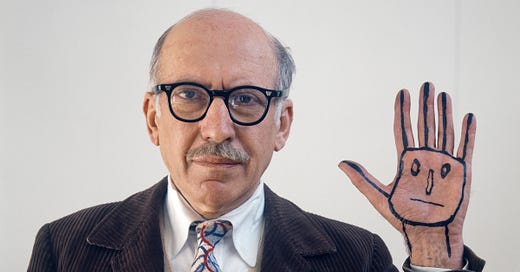


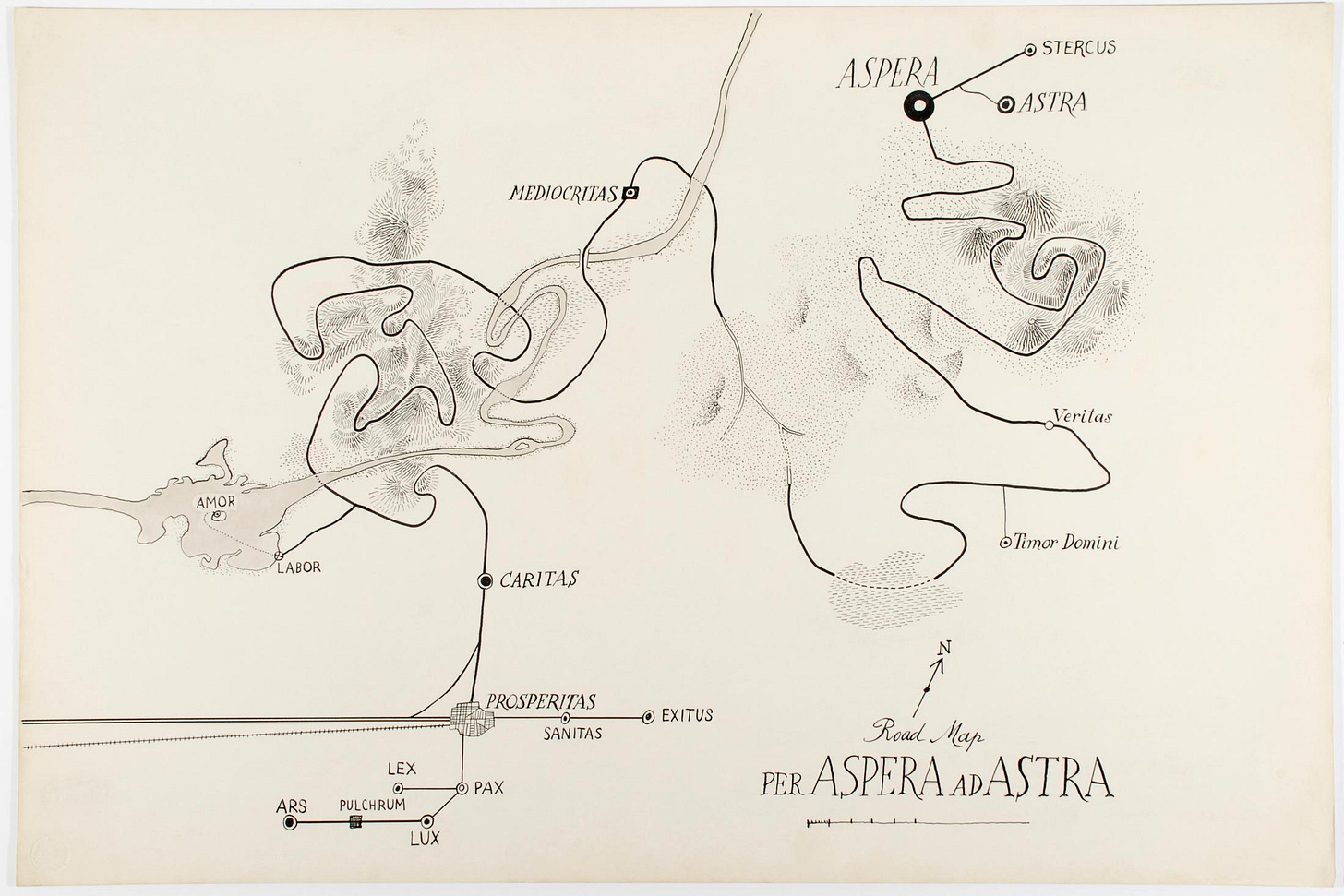
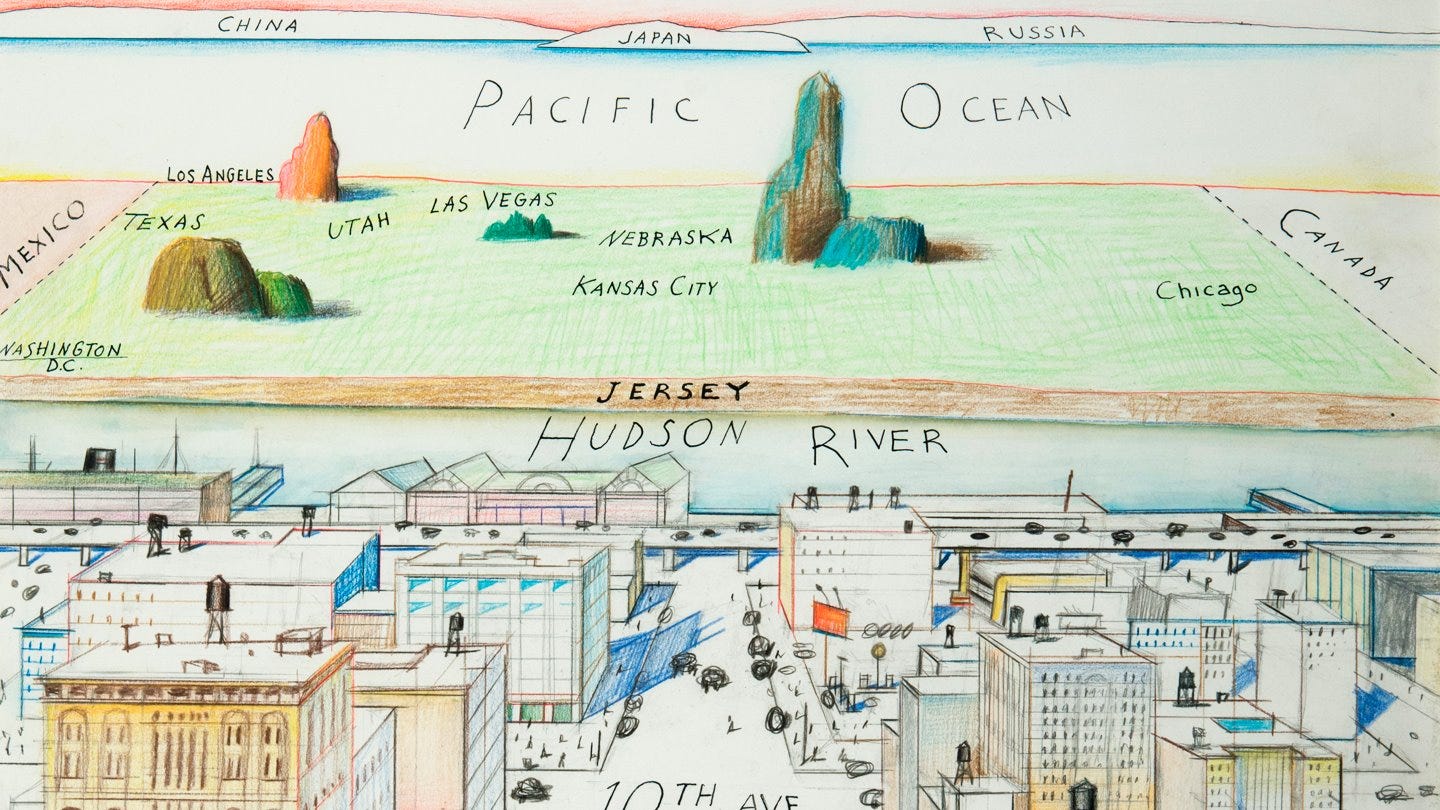
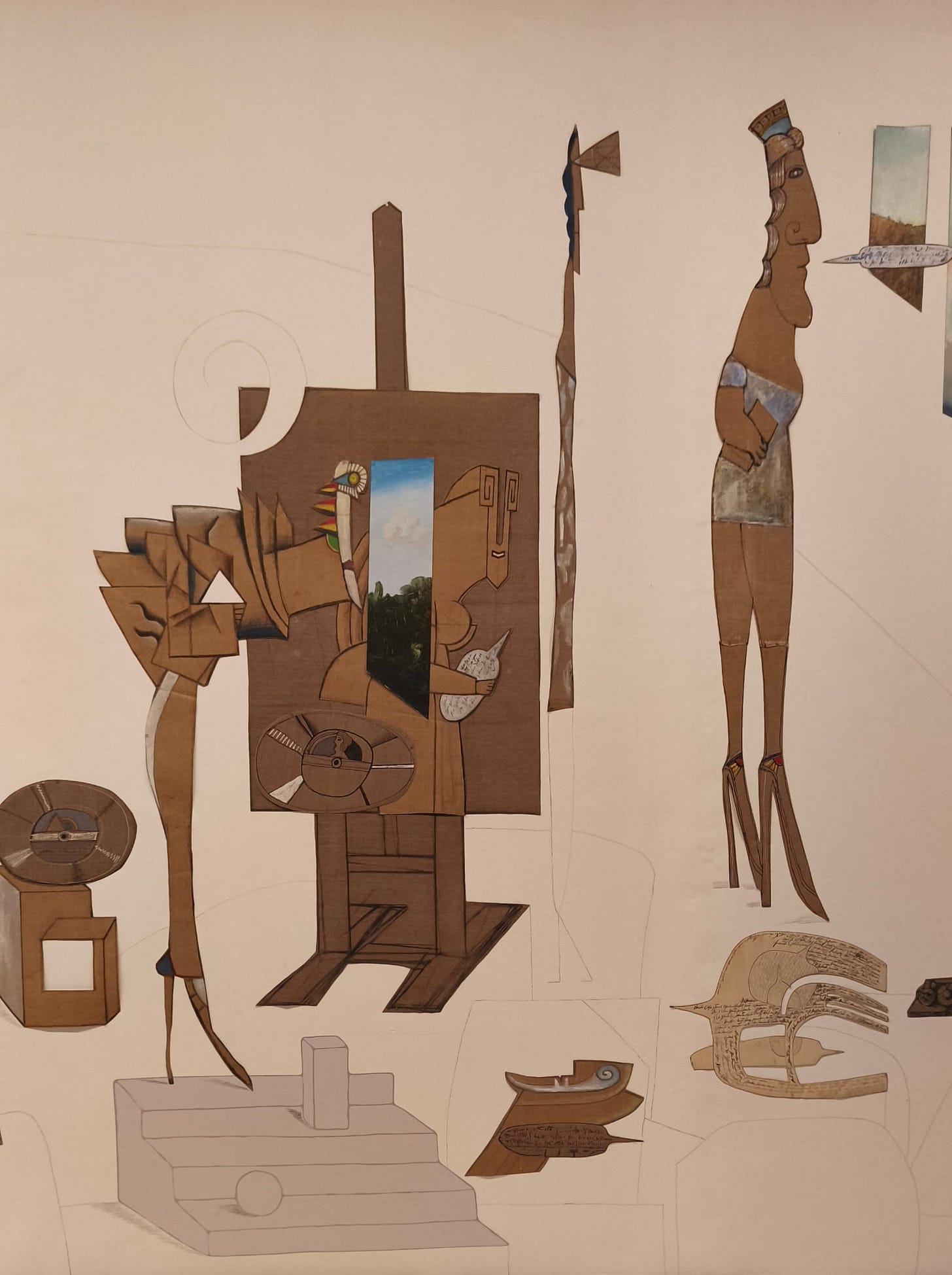
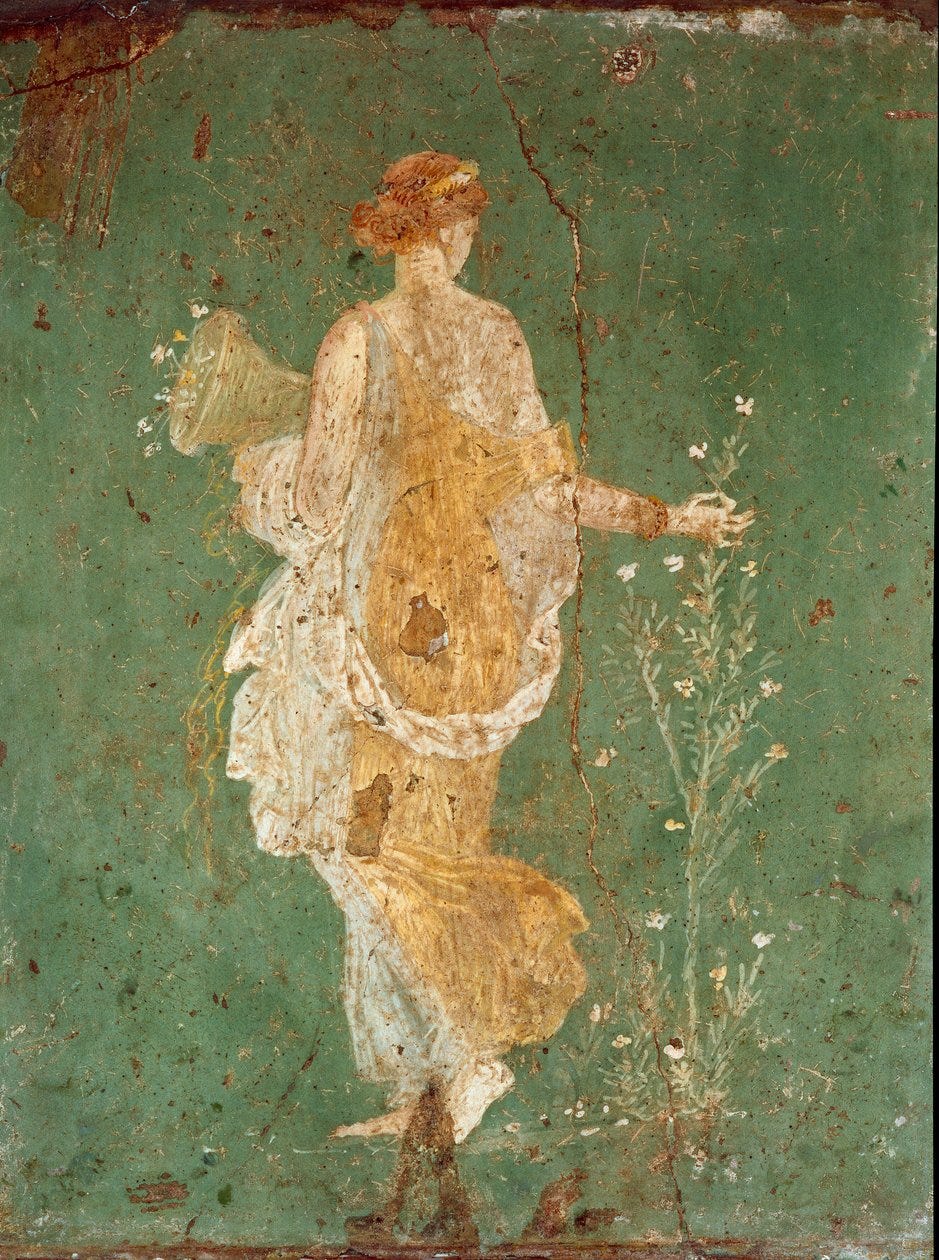
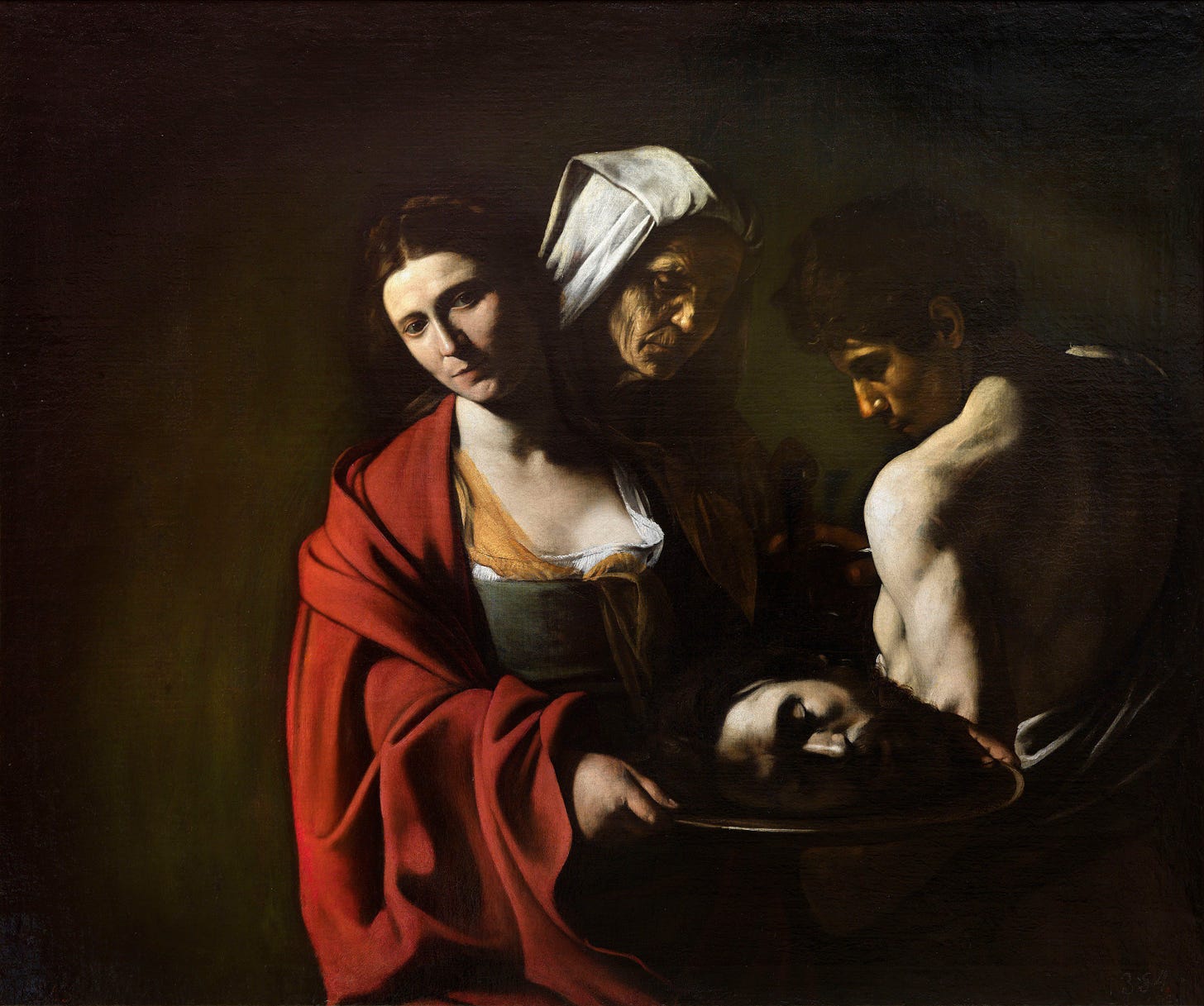

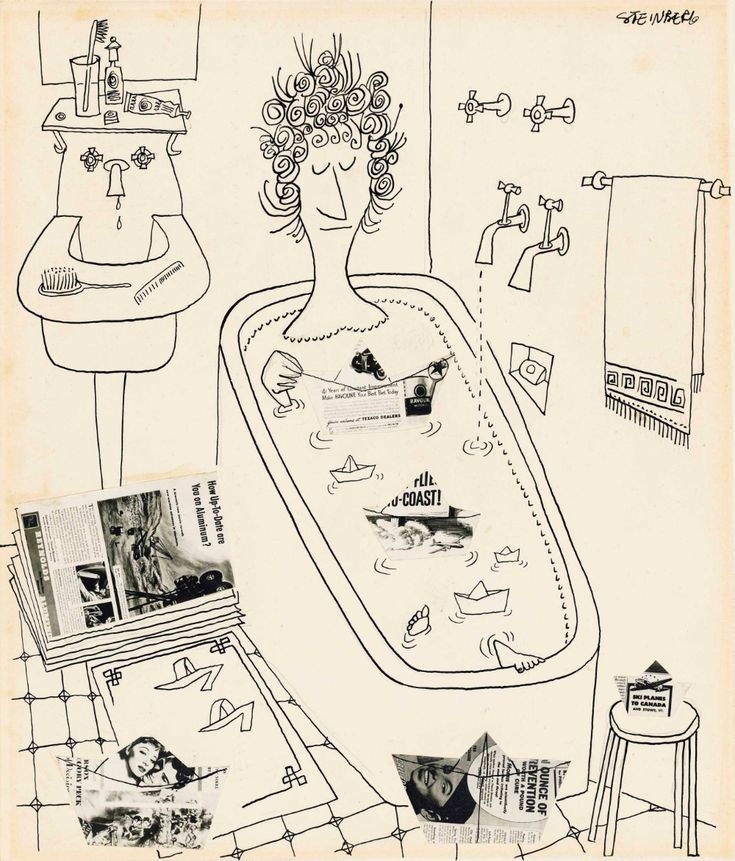

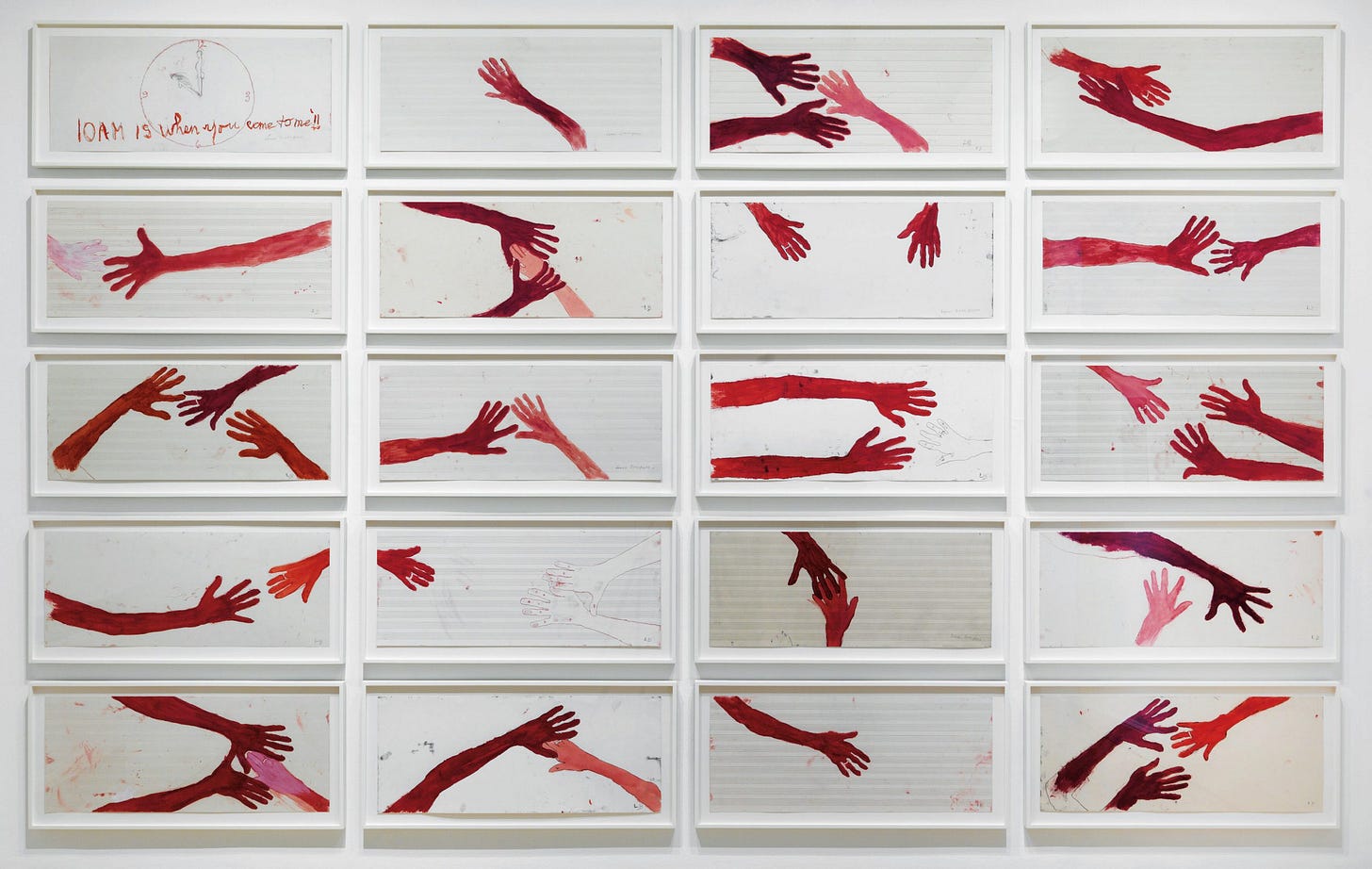
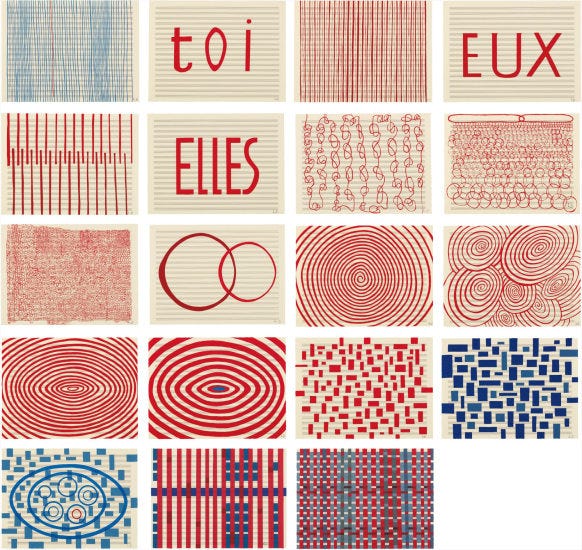
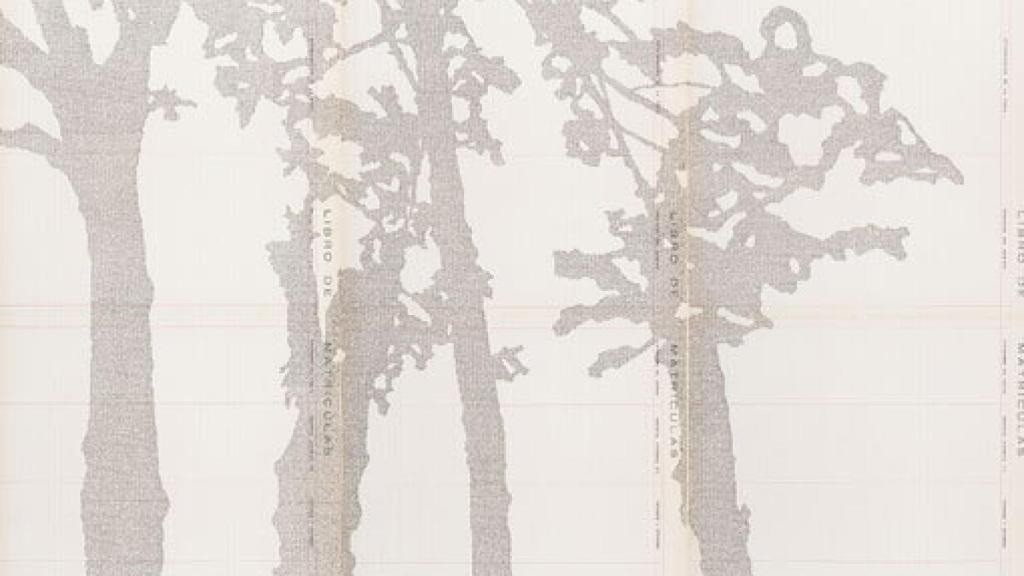
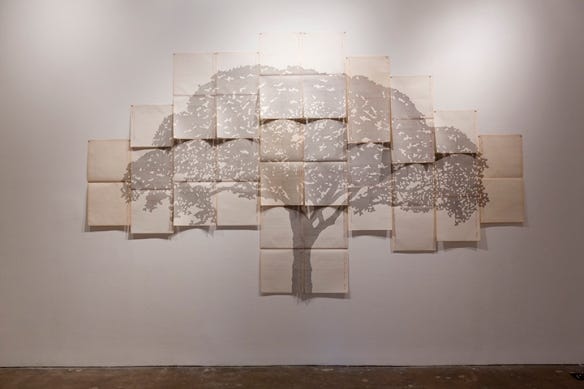
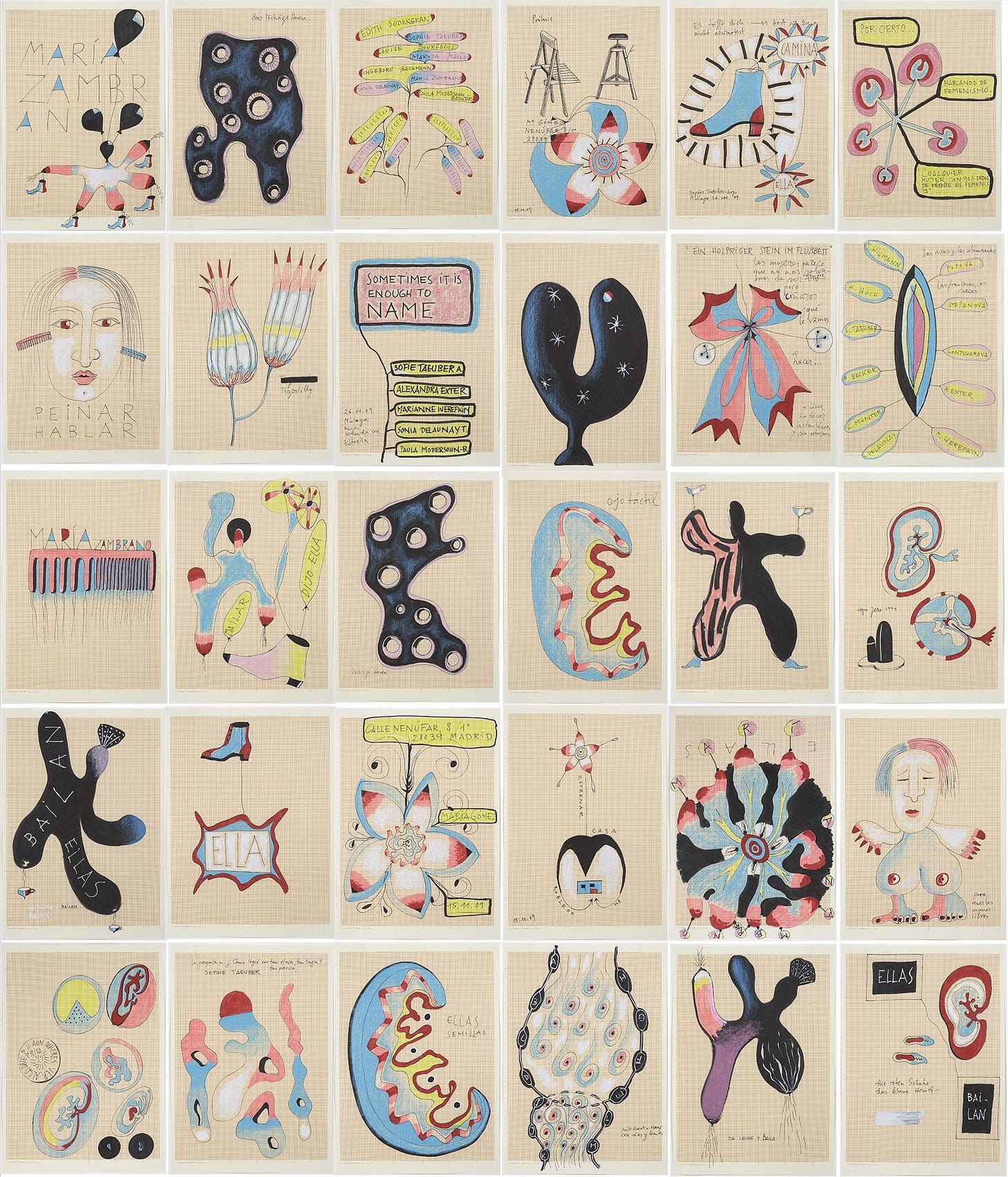
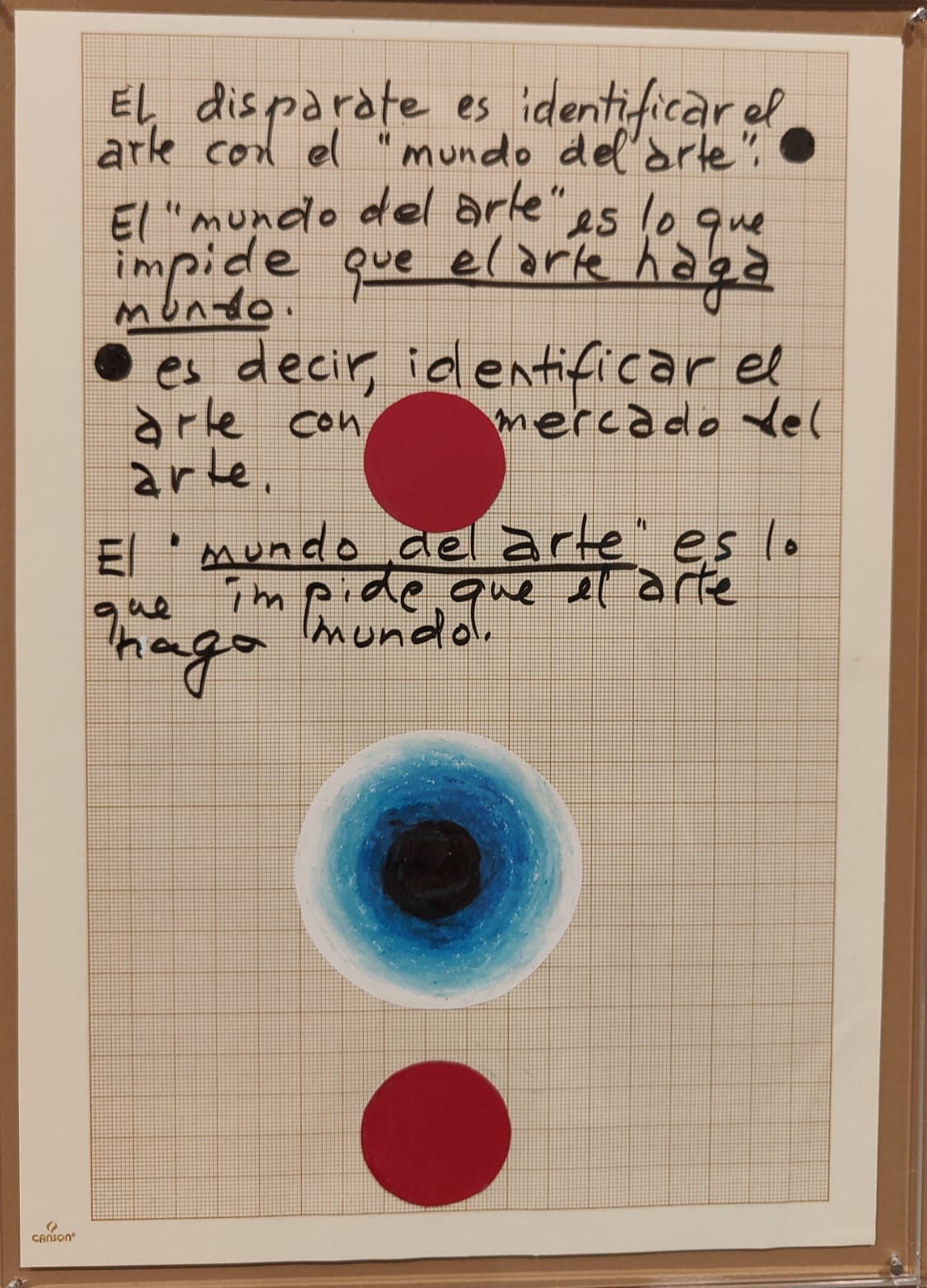
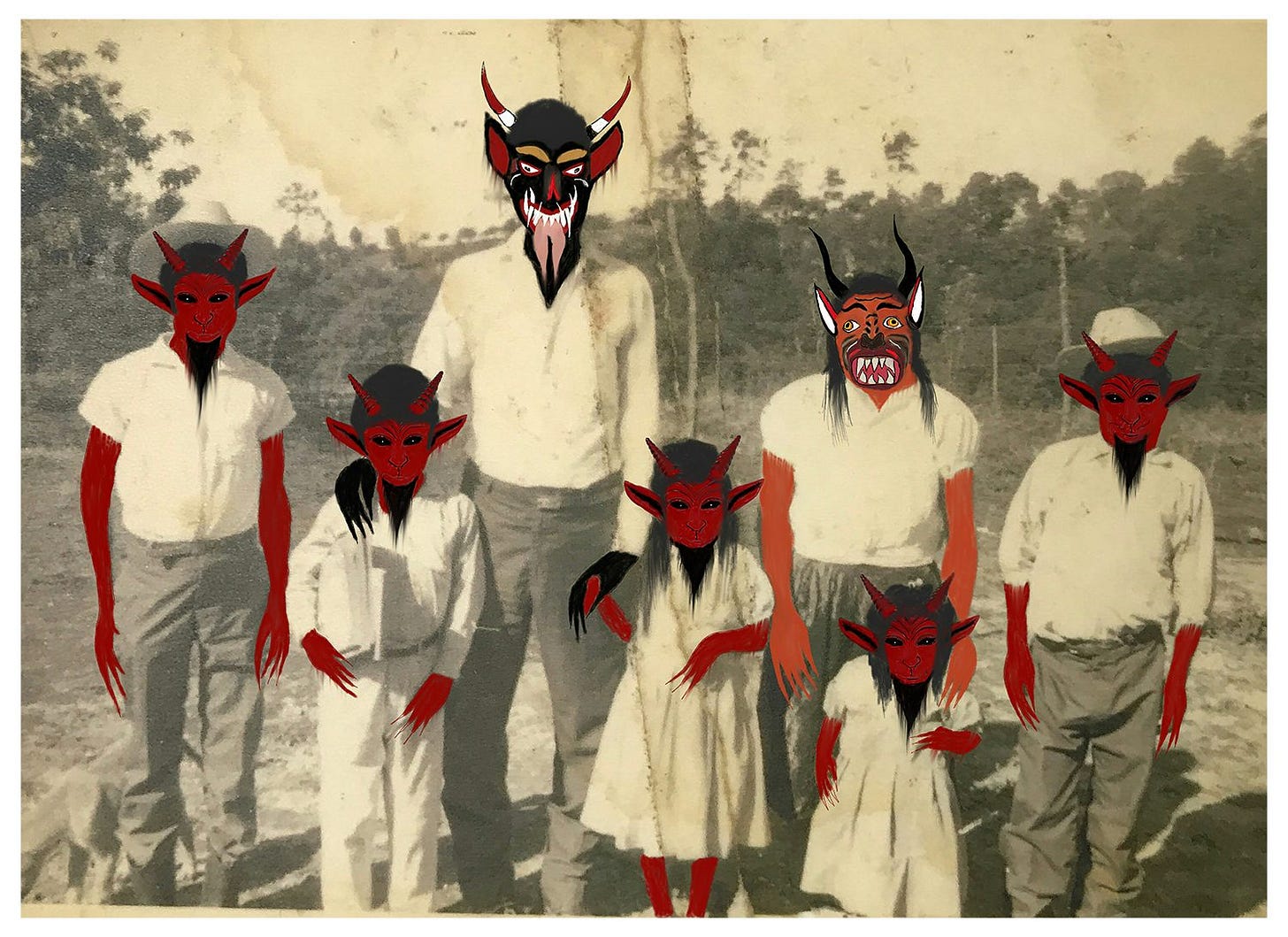
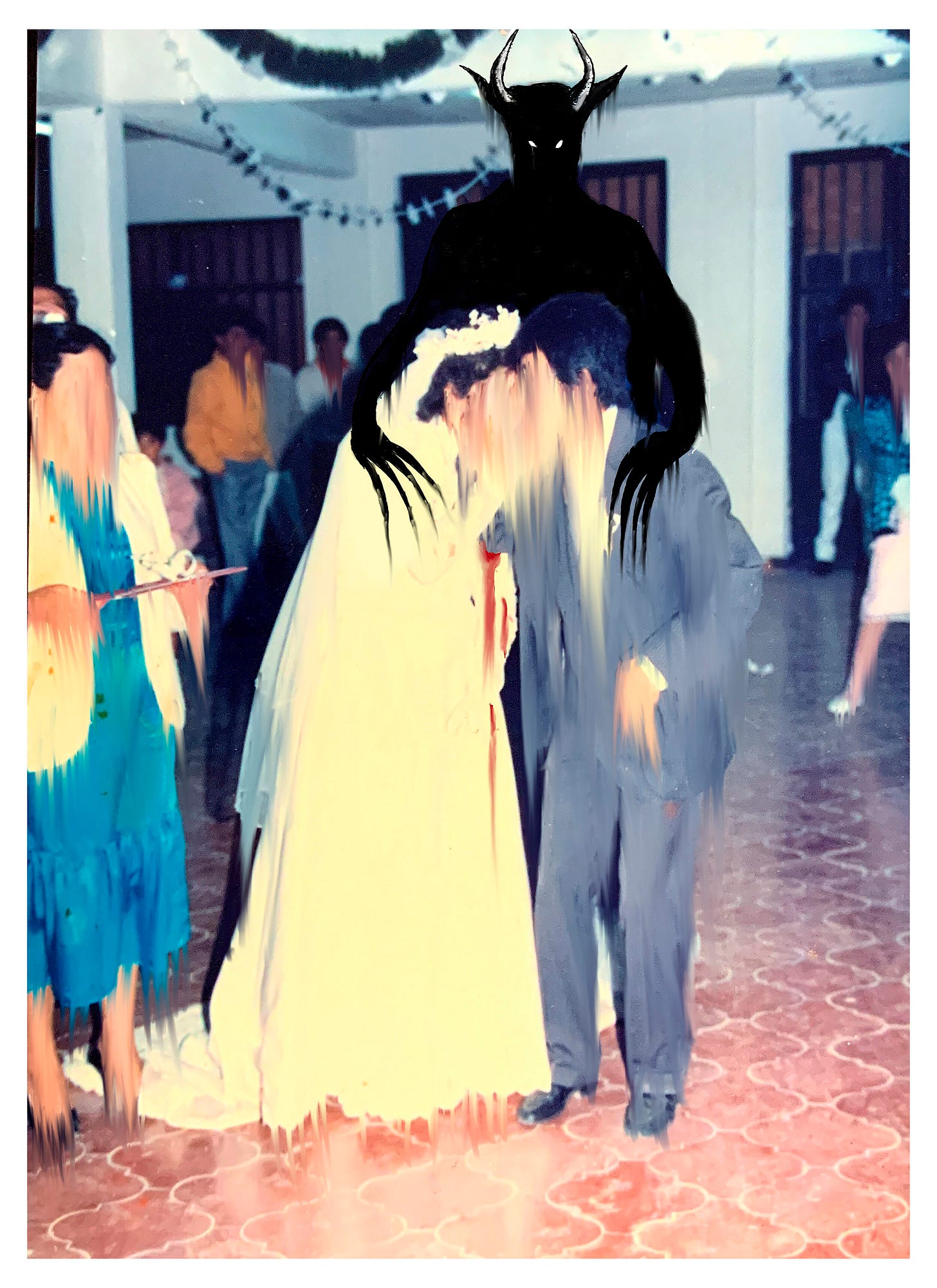
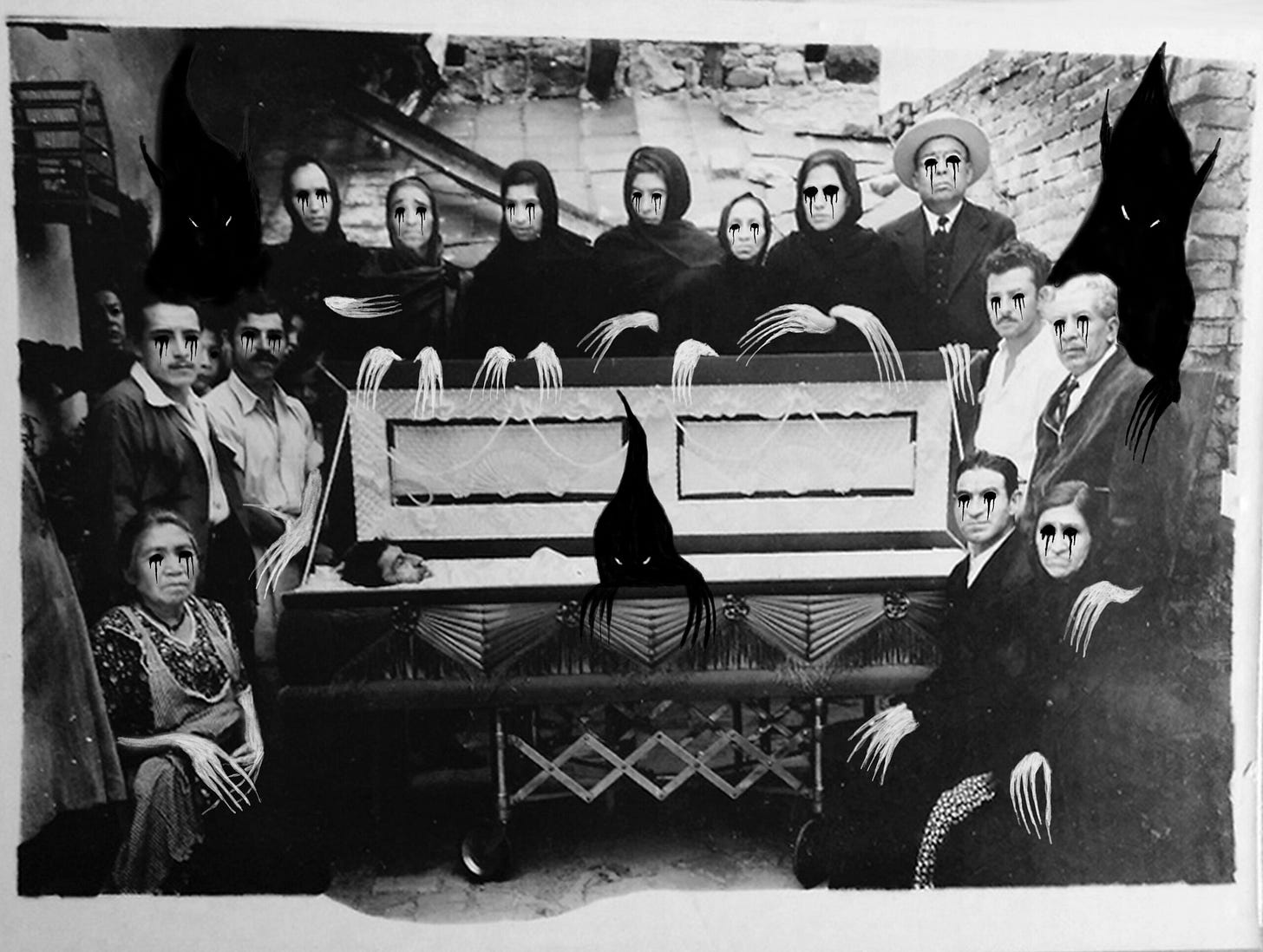
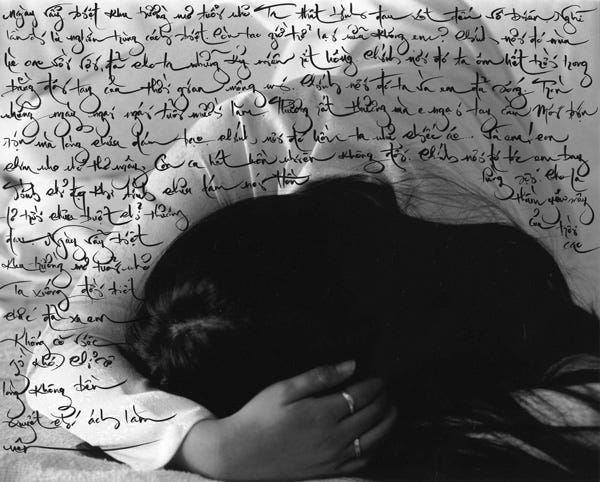
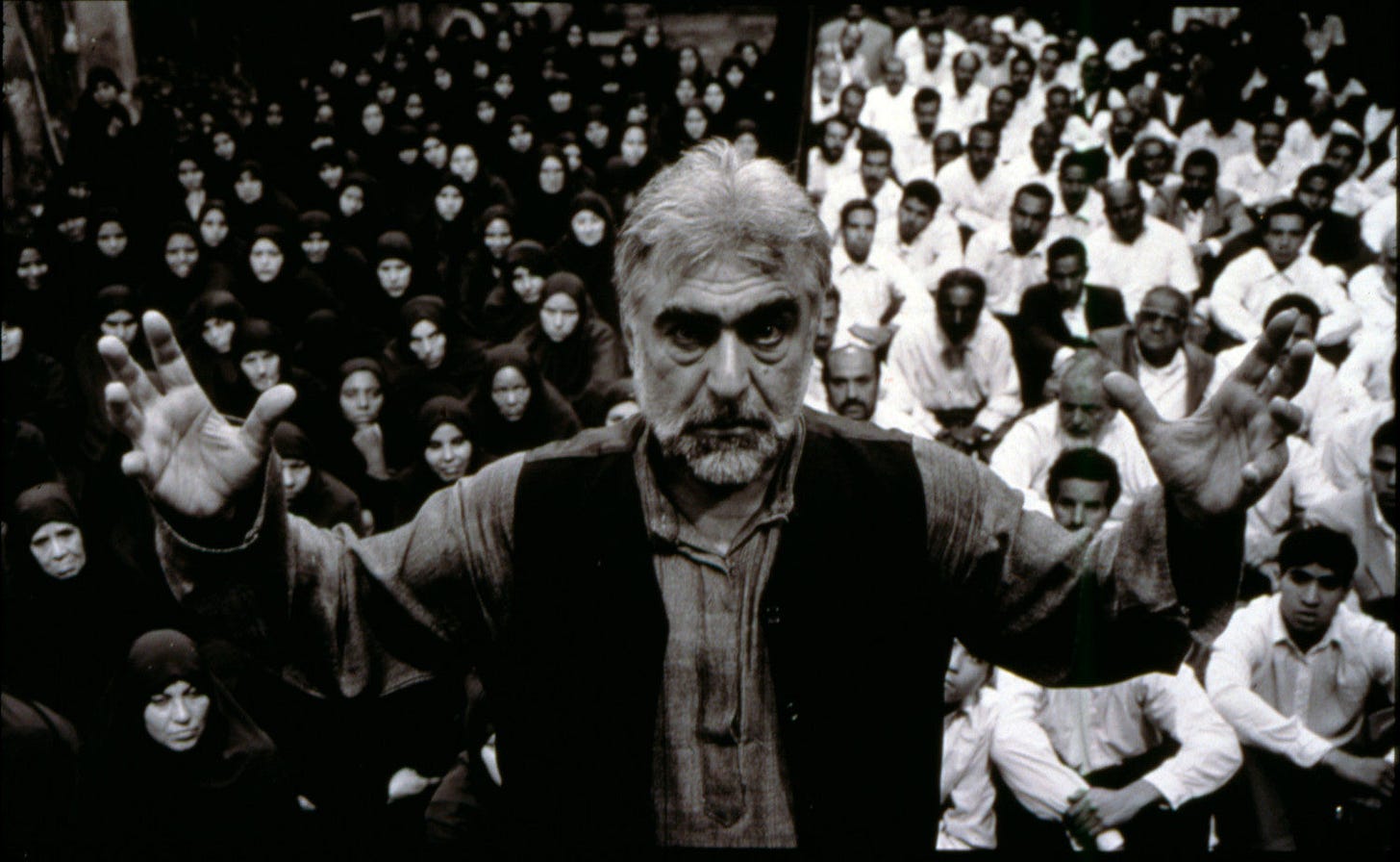
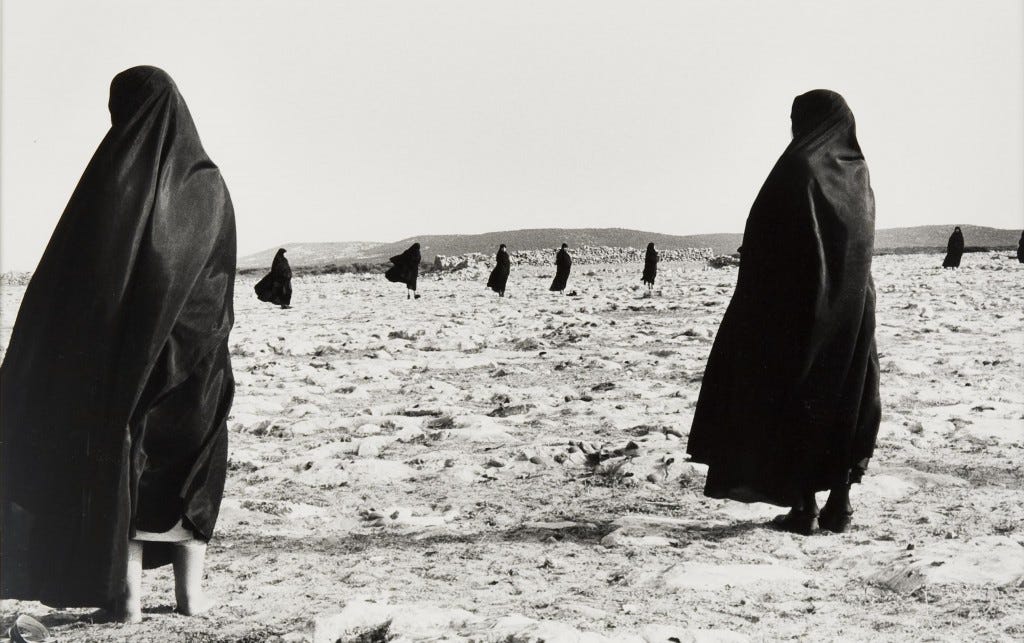
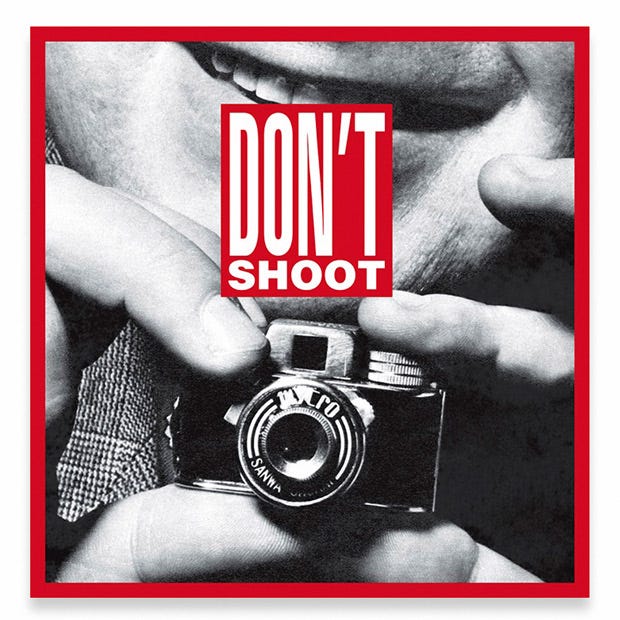

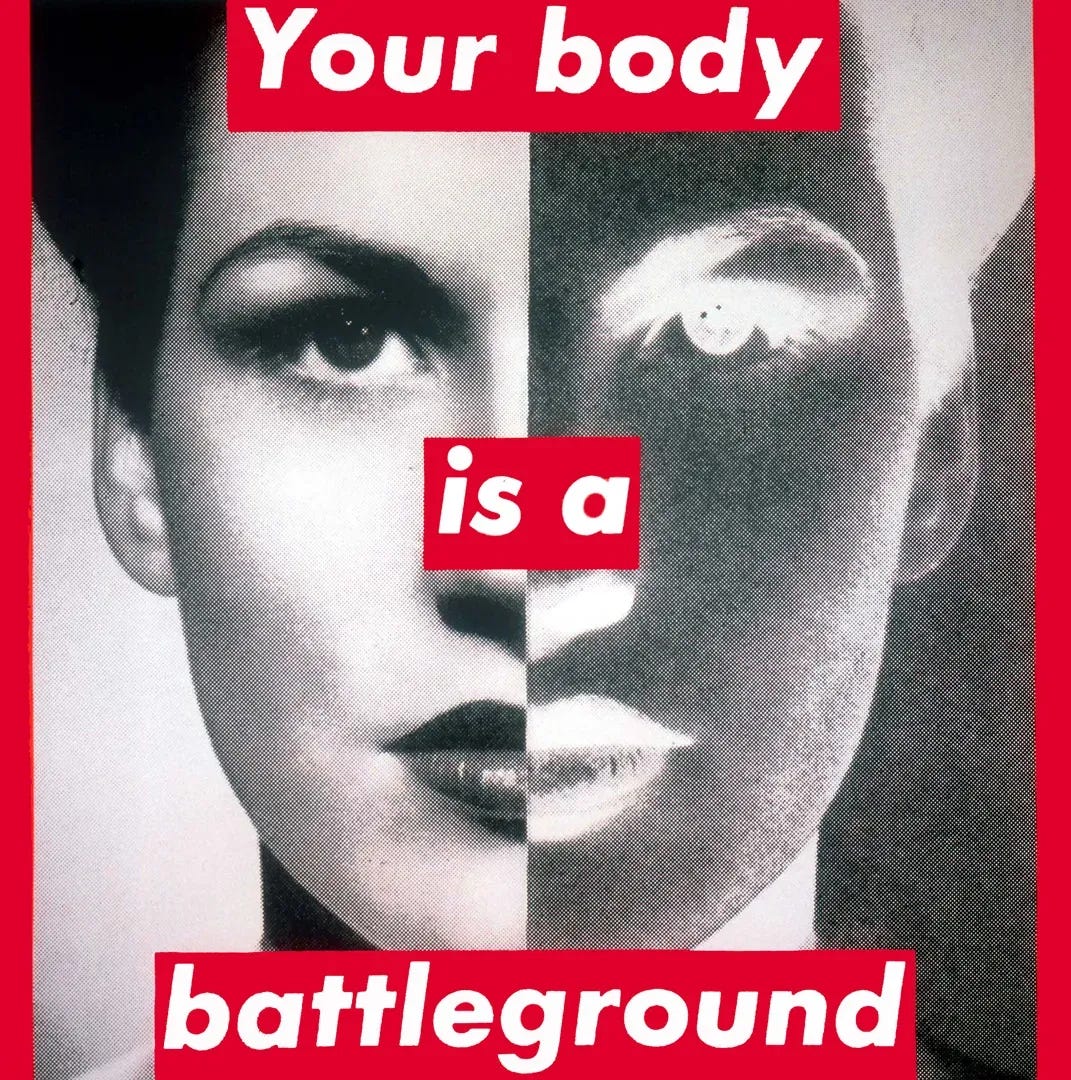
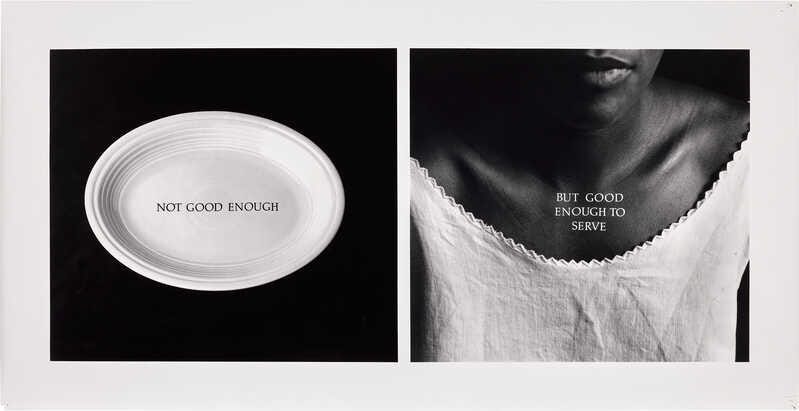
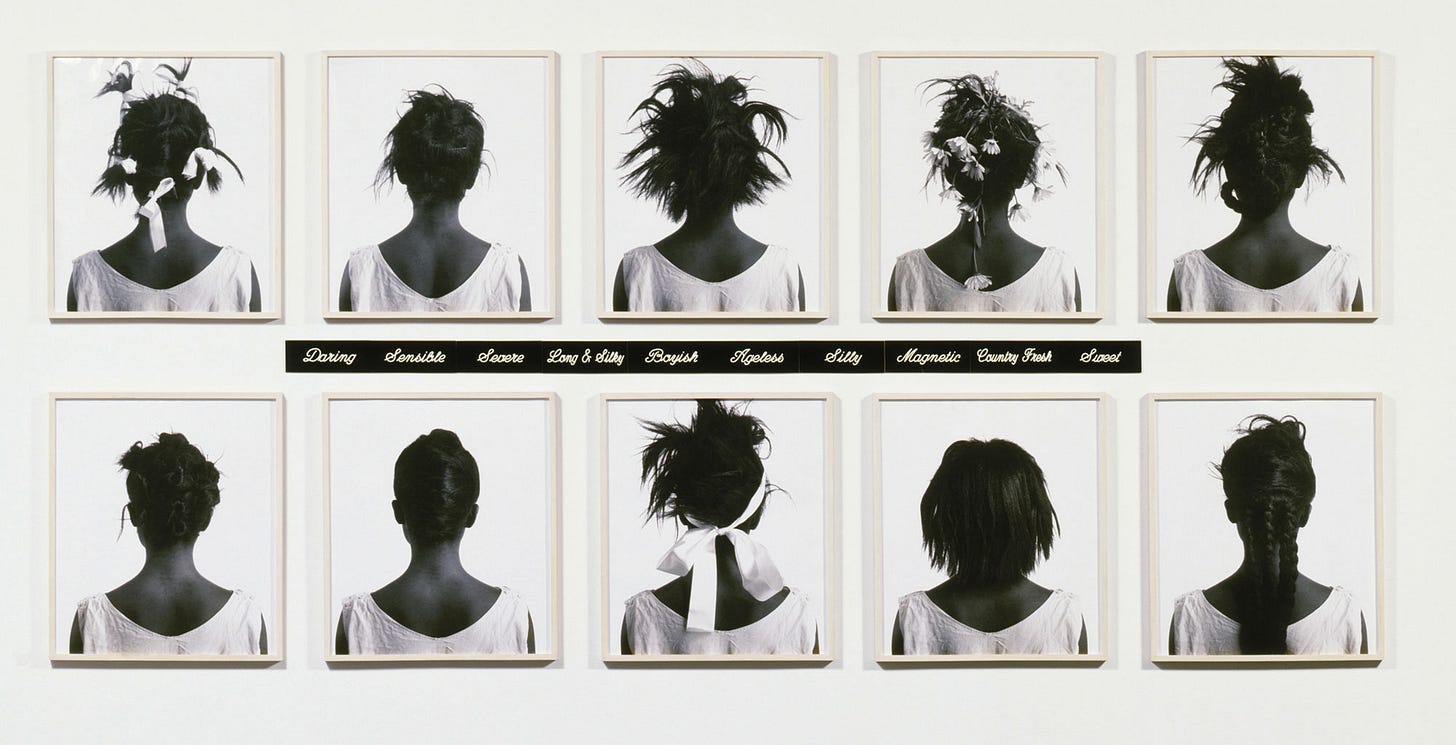
Maravilloso post, gracias.
Shirin Neshat es una artista fascinante, aún recuerdo la primera exposición que vi de ella hace más de quince años, la que más me gustó hasta ahora por lo completa que era en cuanto a su trabajo. Realmente me impresionó.
Como siempre tu newsletter me deja con ganas de leerte más y seguir descubriendo. Gracias Isabel.